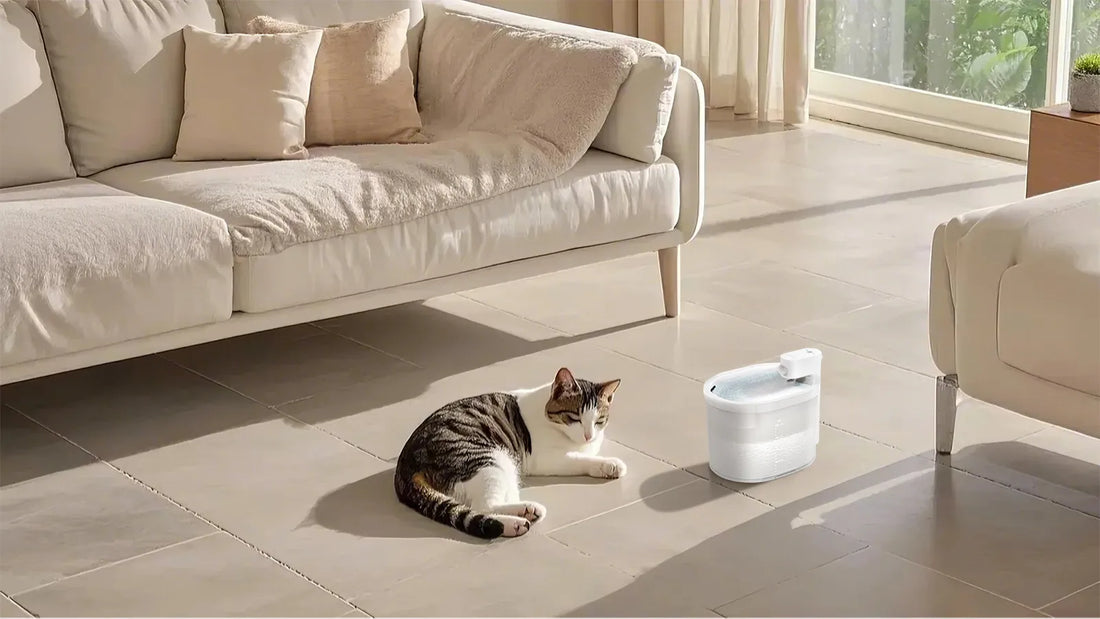Feeding your 1-year-old cat the right way is crucial for their overall health and well-being. At this stage, your feline friend is transitioning from kittenhood to adulthood, and their dietary needs are evolving. Establishing a proper feeding schedule not only helps maintain their ideal weight but also ensures they receive the necessary nutrients for a long, healthy life. Let’s dive into the essentials of creating a feeding schedule tailored to your 1-year-old cat.
Understanding Your Cat’s Nutritional Needs
At one year old, your cat is no longer a kitten but not yet fully mature. Their metabolism is still active, and they require a balanced diet rich in protein, fats, vitamins, and minerals. High-quality cat food formulated for adult cats is ideal at this stage. Avoid overfeeding, as obesity can lead to serious health issues like diabetes and joint problems.
How Often Should You Feed Your Cat?
The frequency of feeding depends on your cat’s activity level and preferences. Most 1-year-old cats thrive on two meals a day, one in the morning and one in the evening. However, some cats may prefer smaller, more frequent meals. Free-feeding, where food is available at all times, is not recommended as it can lead to overeating.
Portion Control: How Much Food is Enough?
Portion sizes vary based on your cat’s weight, activity level, and the type of food you’re providing. On average, a 1-year-old cat needs about 200-250 calories per day. Check the feeding guidelines on the cat food packaging and adjust portions accordingly. If you’re unsure, consult your veterinarian for personalized advice.
Wet Food vs. Dry Food: What’s Best?
Both wet and dry food have their benefits. Wet food provides hydration and is often more palatable, while dry food is convenient and helps maintain dental health. Many cat owners opt for a combination of both to provide variety and balance. Ensure fresh water is always available, especially if your cat primarily eats dry food.
Creating a Consistent Feeding Routine
Cats thrive on routine, so it’s important to feed them at the same times every day. Consistency helps regulate their digestion and prevents anxiety. Choose a quiet, comfortable spot for feeding, away from distractions and other pets.
Monitoring Your Cat’s Weight and Health
Regularly monitor your cat’s weight and overall health to ensure the feeding schedule is working. If your cat is gaining or losing weight unexpectedly, adjust their portions or consult your vet. Look for signs of a healthy cat, such as a shiny coat, clear eyes, and consistent energy levels.
Special Considerations for Picky Eaters
Some cats can be finicky about their food. If your cat is a picky eater, try offering different flavors or textures to find what they prefer. Avoid sudden changes in diet, as this can upset their stomach. Gradually introduce new foods over a week or two.
Treats and Snacks: How Much is Too Much?
Treats should make up no more than 10% of your cat’s daily caloric intake. Overindulging in treats can lead to weight gain and nutritional imbalances. Opt for healthy, low-calorie treats and use them sparingly as rewards for good behavior.
Transitioning to Adult Cat Food
If your cat is still eating kitten food, it’s time to transition to adult cat food. Gradually mix increasing amounts of adult food with the kitten food over 7-10 days to avoid digestive issues. This ensures a smooth transition and helps your cat adjust to the new diet.
Common Feeding Mistakes to Avoid
Some common mistakes include overfeeding, feeding inappropriate human foods, and not providing enough water. Avoid giving your cat foods that are toxic to them, such as chocolate, onions, and garlic. Stick to a balanced, cat-specific diet for optimal health.
The Role of Exercise in Your Cat’s Diet
Exercise is just as important as diet for maintaining your cat’s health. Encourage playtime with toys, climbing structures, or interactive games. Regular activity helps burn calories, keeps your cat mentally stimulated, and prevents obesity.
When to Consult a Veterinarian
If you notice any changes in your cat’s eating habits, weight, or behavior, consult your veterinarian. They can provide guidance on dietary adjustments, identify potential health issues, and recommend the best feeding practices for your cat’s specific needs.
Feeding your 1-year-old cat doesn’t have to be complicated. With the right schedule, portion control, and attention to their needs, you can ensure your feline companion stays healthy and happy. Start implementing these tips today and watch your cat thrive!

![[🎃Halloween Sale]UAHPET Stainless Steel Self-Cleaning Cat Litter Box](http://www.uahpet.com/cdn/shop/files/1-cat-litter-box.jpg?v=1761890851&width=1600)












